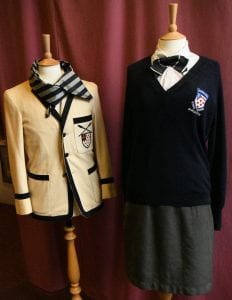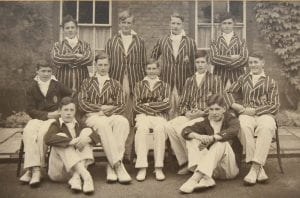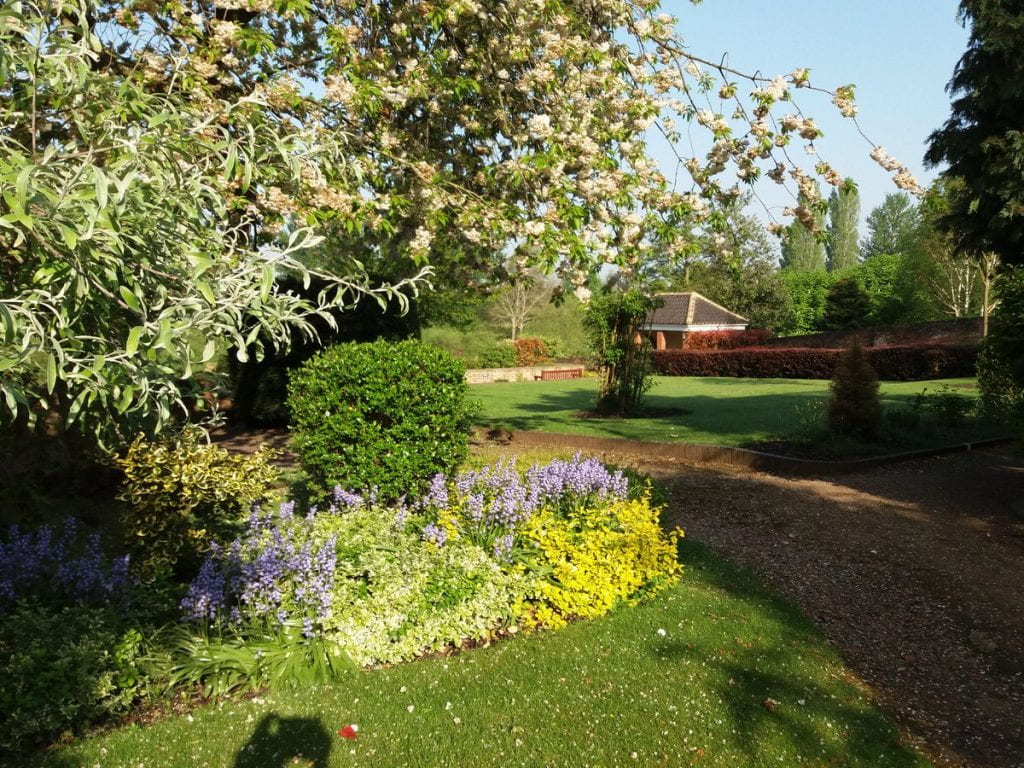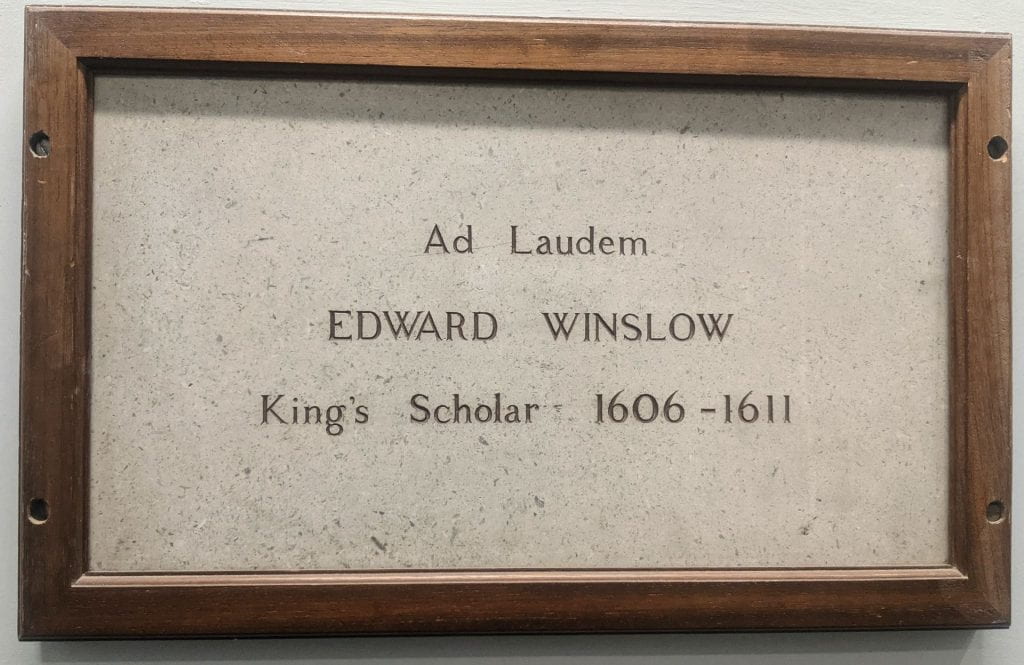
Is it him?
The debate of who is the greatest men’s footballer of all time (GOAT) has flooded the mind of many for years. Is it the 37 year-old Portuguese or the 34 year-old Argentinian? With a combined 1,562 goals and 2,059 appearances, the two have led the way in 21st century football.
Lionel Messi made his debut in 2004 for the Spanish giants Barcelona. From the off he helped propel the Catalan side to 10 La Liga titles in the 17 years he was at the club. Recently he transferred to Paris St Germain in France and is already tearing up the French league, propelling them to a current 1-0 lead in the Champions League Round of 16. Many believe Lionel is the GOAT because of the way in which he has given Barcelona the status as one of the European giants of the game with his flair, trickery and agile feet. He is a true hero and legend to the Catalan fans.

Or him? Cartoon by Elliot
Cristiano Ronaldo first stepped onto the scene as a young teenager who made his name in his home country, Portugal before getting a big move to English giants Manchester United. He excelled under Sir Alex Ferguson, scoring 100 goals in his first 5 year stint at Man U. He then moved to Messi’s Spanish rivals Real Madrid and won 4 Champions Leagues, making Madrid the best team at the time. Ronaldo later moved to Italy before returning to Manchester United. In his career Cristiano won 5 Ballon D’or and 4 Golden Boots compared to Messi’s 7 Ballon D’ors and 5 Golden Boots.
(Side note: Ballon D’or is a competition where by players vote on the best player of that year. Golden Boot is the highest scorer in all competitions for that calendar year.)
Although the statistics below seem to fight Messi’s corner, many argue that Ronaldo is the GOAT because of the impact he has had on various clubs around the world. Wherever Ronaldo seems to go he wins trophies and lights up the league, scoring goals and leaving defenders and records in his wake.

Messi (left) Ronaldo (right)
Who do you think is the GOAT?
#RonaldoIsTheGOAT












 Edward Winslow was born on 18th October 1595 in Droitwich and he was a King’s scholar from 1606 to 1611. During his time at school, King’s was very different to how we know it now. School days lasted for eleven hours and lessons included subjects such as Rhetoric (the study of persuasive speech and writing) and Mythology.
Edward Winslow was born on 18th October 1595 in Droitwich and he was a King’s scholar from 1606 to 1611. During his time at school, King’s was very different to how we know it now. School days lasted for eleven hours and lessons included subjects such as Rhetoric (the study of persuasive speech and writing) and Mythology.